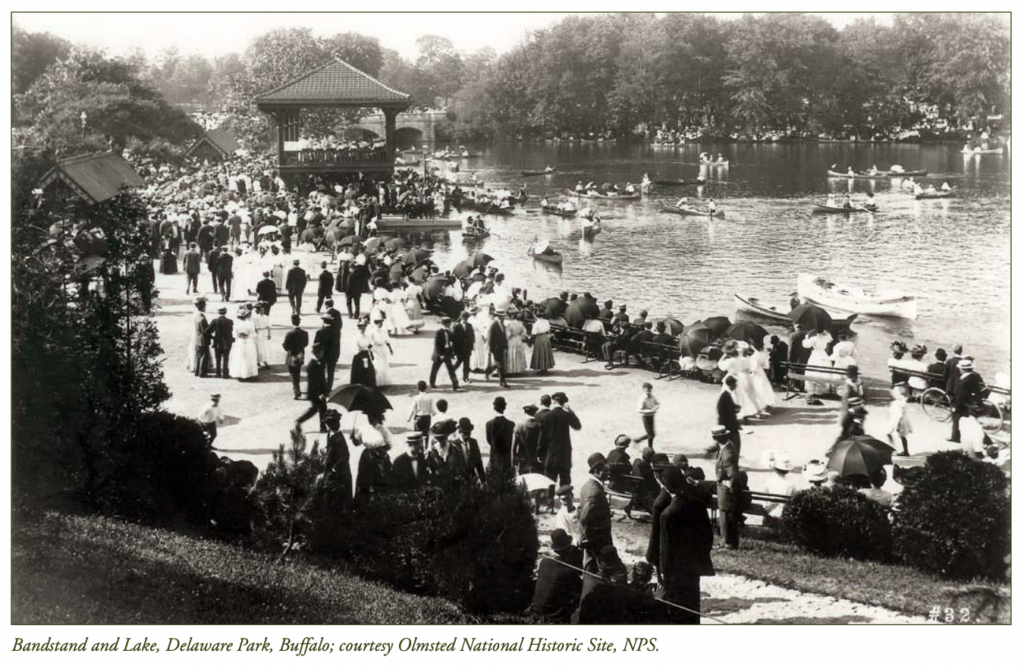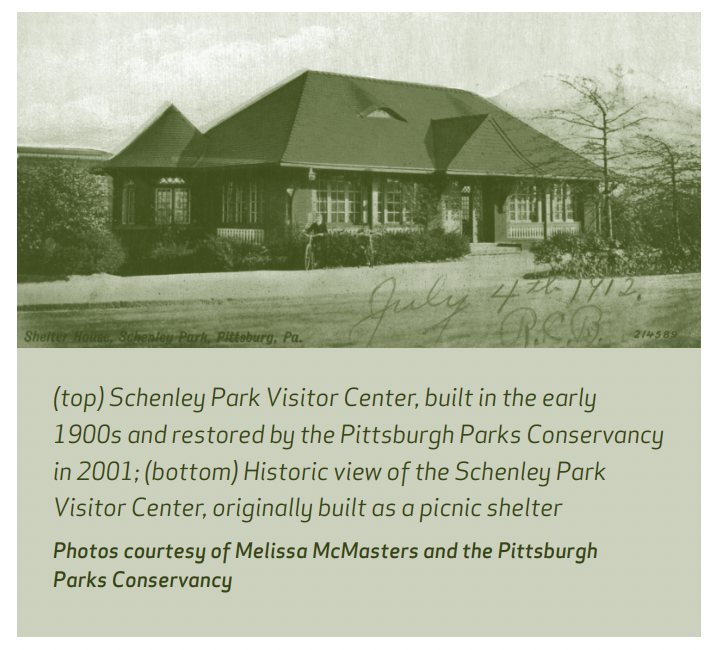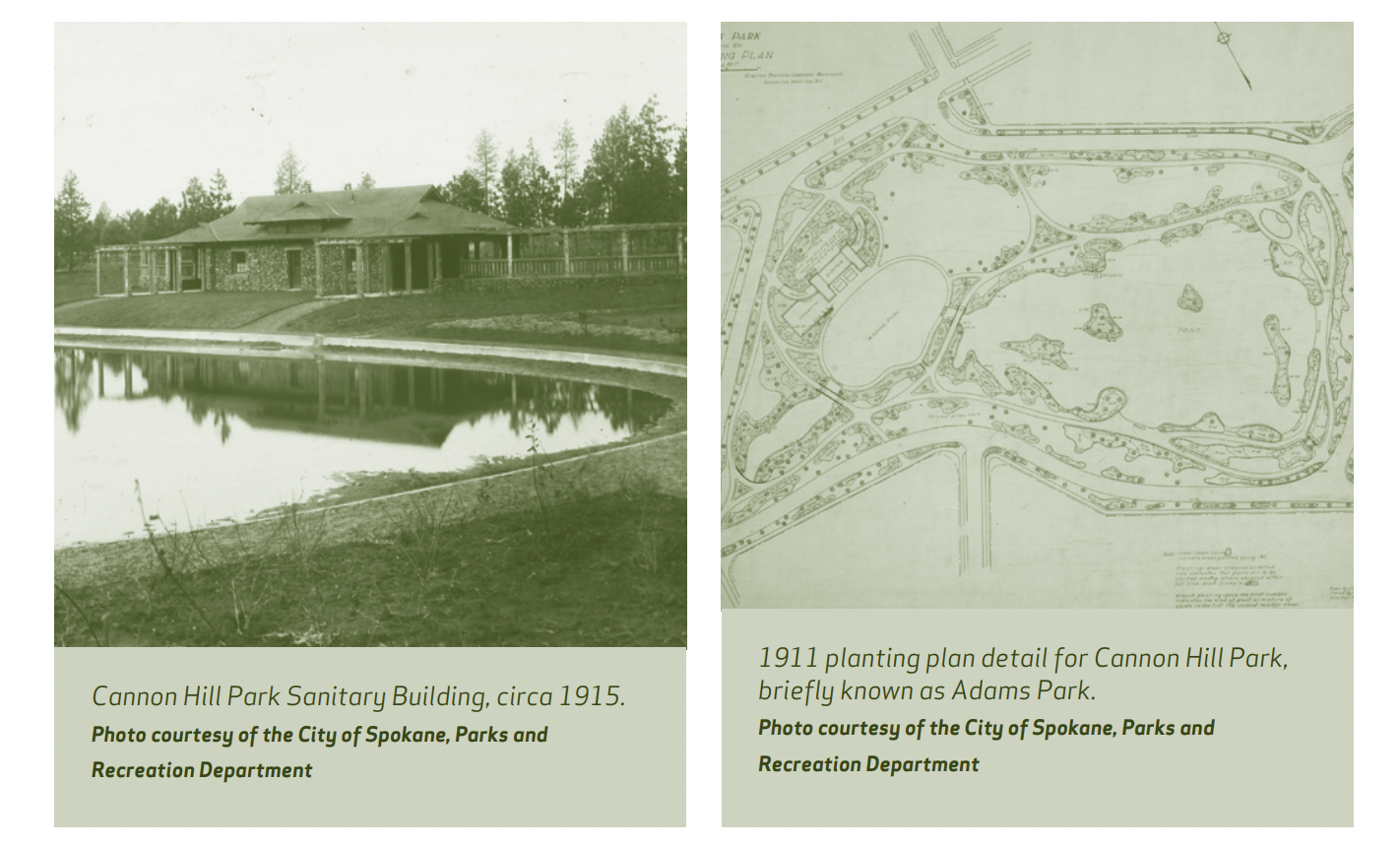
In 1906, Frederick Law Olmsted, Jr., had been a full partner with his older half-brother, John Charles Olmsted, in the firm of Olmsted Brothers for eight years. Still only thirty-six, he had already organized the first academic program in landscape architecture at Harvard in 1900 and co-authored the McMillan Plan for Washington, DC, in 1902. In his role at the family firm, he had replaced Charles Eliot (who died in 1898) as the landscape architect for Boston’s Metropolitan Park Commission, and he was the principal for many other park and city planning projects all over the country as the office grew in size and influence.
One of Olmsted’s important colleagues in this phase of his career was John Nolen, who began studying landscape architecture at Harvard in 1903. He was one year older than Olmsted and brought his own considerable previous experience in education, administration, and municipal reform to his new career in what would soon be known as city planning. Nolen opened his own office in Cambridge in 1904 and went on to become one of the busiest professionals of his generation, specializing in the new and growing field that he and Olmsted, among others, were so influential in defining. In this article, Olmsted and Nolen indicate how landscape architects at the beginning of the twentieth century used their experience in the design of park and parkway systems in dozens of American cities in developing the framework and methods for more comprehensive city plans.











